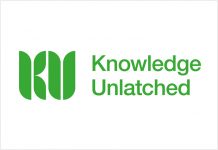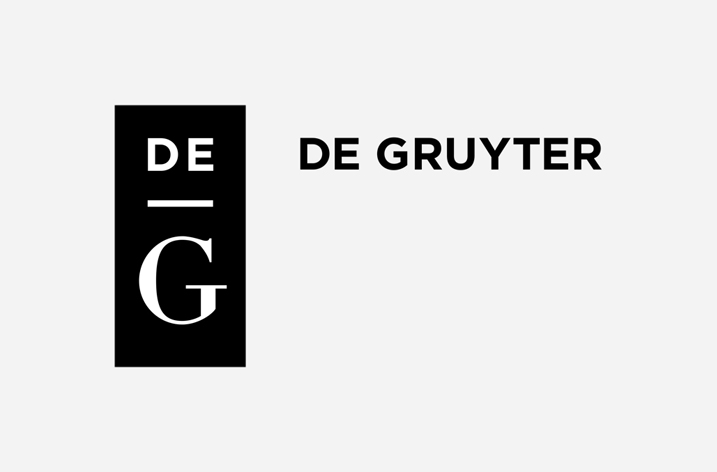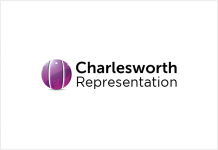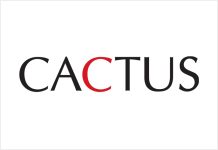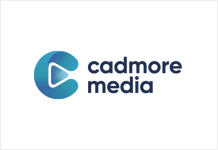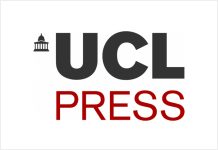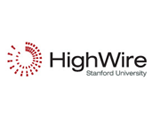
HighWire Press is pleased to announce it has entered into a strategic collaboration with ImpactStory, a researcher led, non-profit organization with a drive to help redefine the impact of research articles.
Article level metrics monitor the conversations around an article, as a complement to citation reports which measure a journal’s overall impact. ImpactStory aggregates impact data – the number of times an article is accessed and mentioned in editorials, news, tweets and blogs, as well as bookmarked, favorited, and recommended, in addition to those cited by another research paper, from sources such as CrossRef, Mendeley, and PubMed.
“People bookmark and download research articles for a reason,” says Jason Priem, PhD student and co-founder of ImpactStory, who coined the term altmetrics. “Articles that provoke interesting discussions amongst fellow scientists may or may not get cited a lot, but they are still providing important feedback and quality indicators. Additionally, activity in venues like Wikipedia, Twitter, and Delicious provide evidence of broader impact of articles that are increasingly important to research funders.”
“As a publisher we believe our role on the open web is to help authors increase the surface area of their research and to uncover interesting interactions with that research,” said Ian Mulvany, Head of Technology, eLife. “Being able to provide article-level metrics and indicators of these interactions is a critical piece, and we are delighted to be working with HighWire and ImpactStory to do that.”
As part of the collaboration with ImpactStory, HighWire will manage the relationship on behalf of the participating publishers on the HighWire Open Platform, registering articles and displaying these metrics on their online journal and book sites.
According to Tom Rump, Managing Director at HighWire, “Our strategy is to continually embrace the future of electronic publishing by supporting technology that provides insight into furthering the research communication process.”







